Most 94-year-olds would be happy to sit back and put their feet up, but James Hong didn’t become one of the most prolific actors in Hollywood by taking it easy. His wife, Susan, keeps asking him when he’ll retire. He’s just too busy. Even though he has more than 450 acting credits to his name, there’s still so much he wants to do. “I’d like to make a couple of other movies because this is my chance,” he says. “I’ve waited all these years to do projects and now people are going to back me.”
And that’s down to Everything Everywhere All at Once. The sci-fi martial arts fantasy, starring Michelle Yeoh as a frazzled Chinese American immigrant named Evelyn who suddenly finds herself swept up in a multiverse-spanning battle, was the breakout hit of 2022 and has since become an awards juggernaut, with 11 Oscar nominations. Directed by Daniel Kwan and Daniel Scheinert, it’s the front-runner to pick up the best picture statuette at the Academy Awards this month.
Hong, who plays Evelyn’s stern and old-fashioned father, is overjoyed at the film’s success. “It’s almost a miracle that I would be in a picture after all these years that’s recognised by the industry,” he says over Zoom from his home in Los Angeles. “I never dreamed that would happen.” Dressed in a khaki shirt and jacket with a matching baseball cap, he looks like a hipster grandad. Susan hovers in the background, to help with any questions he struggles to hear.
Kim Cattrall was tied up and looked so angry, I began to tickle her to get her to laugh ... It wasn’t in the script.
Just a few days ago, Hong was at the Screen Actors Guild awards, accepting the award for outstanding performance by a cast in a motion picture. There was something he wanted to get off his chest. “My first [big] movie was with Clark Gable,” he said, reminding the audience that he had been in the business for nearly 70 years. For much of the last century, Hollywood was rife with “yellowface” – white actors playing Asian roles. “The producers said the Asians were not good enough and they are not box office.” Then he added triumphantly: “But look at us now!”
RM Block
Over the years, many of his Asian actor friends (and even his daughter April) dropped out of the profession, discouraged by the lack of decent roles. Hong, however, embraced whatever came his way. “We were given the side parts as ‘coollies’ or distressed Asians being rescued by the white guy. We were underlings.” Out of his many TV and film appearances, alongside everyone from Gable to Lauren Bacall, James Coburn and Harrison Ford, “I can count on my two hands the roles that I got that were non-cliched. I played a doctor in a couple of series and pictures, and a scientist in the movie Colossus: The Forbin Project.”
He has been heartened to see how the industry has finally increased on-screen representation in recent years. Films such as the romcom Crazy Rich Asians and Marvel blockbuster Shang-Chi and the Legend of the Ten Rings have shown that audiences want to see Asian actors as romantic leads and superheroes.
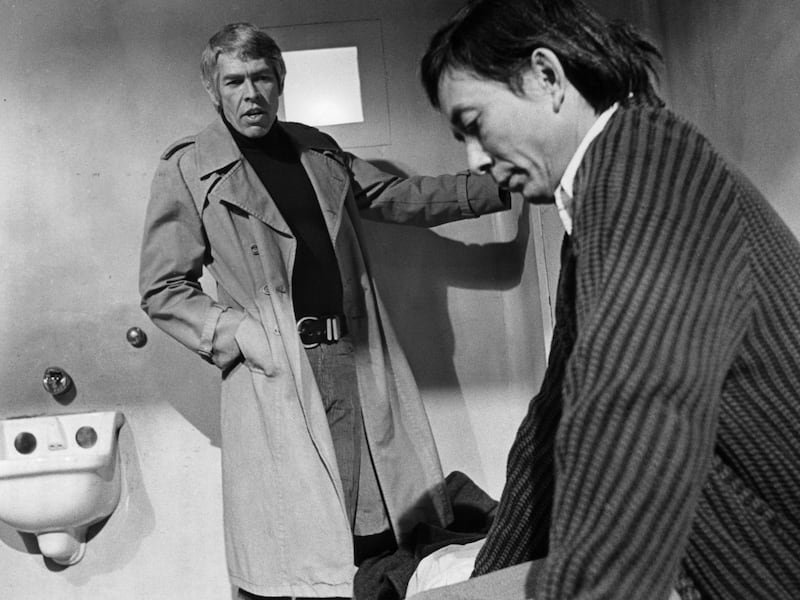
“We were not important people in the United States as far as the film industry was concerned,” Hong says. “Until about 10 years ago when we started to win awards. So it’s been a journey from Ground Zero to what it is now. But there’s still a long way to go.”
Hong’s first film role was an uncredited part as a trainee pilot in the 1954 war drama Dragonfly Squadron. He also played a cursed sorcerer in the 1986 action fantasy Big Trouble in Little China, a Japanese general pushed to the brink in the disaster spoof Airplane! and an overprotective father in the wacky comedy Wayne’s World 2, as well as voicing characters in the Kung Fu Panda films, Disney’s Mulan and last year’s Pixar animation Turning Red. He has directed, too, on projects including the 1989 low-budget horror The Vineyard and 1979 sexploitation comedy Police Girls Academy.
Outside the movies, Hong has pushed hard for more diversity in acting. He cofounded East West Players in 1965, a theatre group created for Asian American actors so they would have the chance to perform roles beyond tired Hollywood stereotypes.
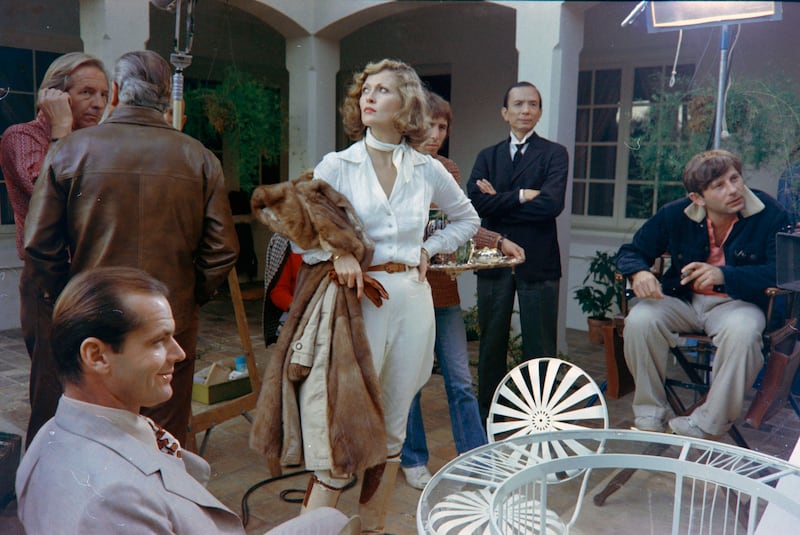
Hong was born in Minneapolis, Minnesota, in 1929. His parents had emigrated from Hong Kong and moved back when he was five, returning to the US when he was 10. His father owned a herb shop in Chinatown and his mother was a housewife, taking care of Hong and his brother and five sisters. The family lived above the store. At school, he was bullied for being a foreigner. “The kids would pick on me and beat me up.” But Hong refused to be cowed. “I would get up each time they shoved me down.”
He became fascinated with acting after some Peking Opera performers came to rehearse at his father’s shop, and he started acting in high school productions. But when it came to casting a British play, Hong recalls how his teachers chose a fair red-haired boy instead of him. “I felt very bad because I was one of the primary members of that acting group, and yet the teacher turned me down because I was yellow. And none of the girls would want to go out with me as I was a Chinese guy. There’s a lot of stories I can’t tell you in just a few minutes. The hidden prejudice in white society in Minneapolis is not something that I would want to live again.” Briefly, he looks miserable.
Hong studied civil engineering at the University of Minnesota, but when the Korean War broke out in 1950, he was drafted into the US army. He was sent to Camp Rucker in Alabama, where he would entertain soldiers after finishing his training for the day. There, a general taken with his performances asked him to stay on and organise the live shows at the camp. Hong acknowledges how lucky he was not to be deployed to the battlefront. “I’m certain that I would have died.”
After the war, Hong resumed his studies at the University of Southern California, in Los Angeles. He also formed a standup comedy double act with his friend Donald Parker and got his big break in 1954 when he appeared on Groucho Marx’s gameshow You Bet Your Life, doing an impression of the host. “The audience just roared,” he says. “Afterwards, I was told I got the second biggest fan mail ever on his programme, so that was satisfying.” It also helped him land an agent.
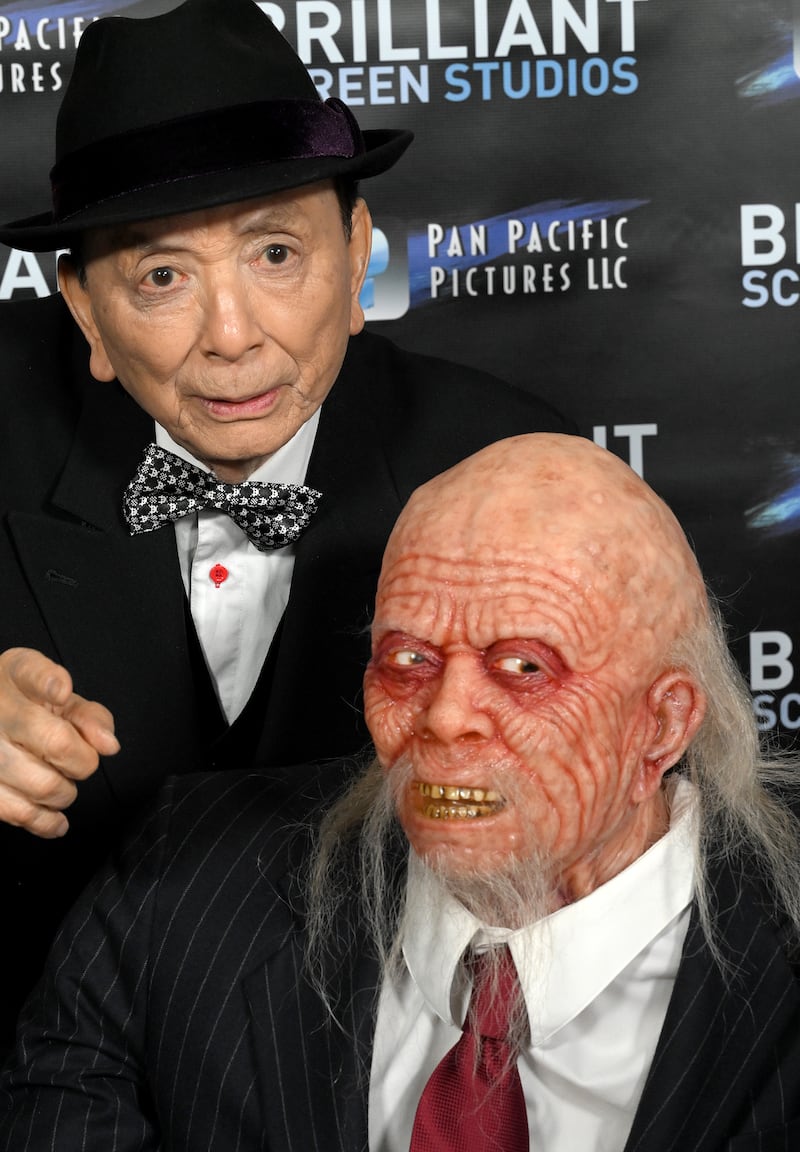
One of his earliest roles was in the TV crime series The New Adventures of Charlie Chan in 1957. He was cast as Barry Chan, the “No 1 son”, while J Carrol Naish, an American actor whose parents were from Limerick, played the lead role. Naish, like other white actors pretending to be Asian, would tape his eyes back. “It sickened me to watch somebody glue their eyes so that they would look Chinese,” says Hong, grimacing. “That upset me inside, but I did my role.”
It’s Naish he homes in on when I ask about the racism he has encountered during his career. The glue from the tape would burn Naish’s eyelids, Hong says, and he had to remain still because of the false eyelids he wore. “So he was very irritated, and watching me moving my head and jumping around got to him,” Hong says.
“One day I was offstage, just giving him the lines, and he’s on camera. I happened to miss one line. He just charged up to me and said: ‘What do you think this is? A school for Chinese actors?’ I was shocked; I didn’t know what to do. He came at me and I was ready to fight. But he didn’t swing – he just went to his dressingroom.” Naish told the producers it was either him or Hong. “He had me fired. That shows you the deep prejudice he had inside. That hurt a lot. It took me years to recover from that. I had to go see a psychiatrist.”
The prejudice was mostly hidden, he says. “People didn’t shout it like Naish did – but there were very few Asian actors in those first 60 years that played major roles.”
When Hong goes to film conventions to do signing sessions, his fans usually ask him to autograph photos of David Lo Pan, the villain he played in Big Trouble in Little China. While some critics have accused Lo Pan of embodying the Fu Manchu stereotype of an evil Asian with a wispy beard and exaggerated accent, Hong sticks up for the baddy. “He didn’t kill anybody, he didn’t steal money, he didn’t hurt anybody,” he says, seemingly forgetting about the scene where he tries to murder Kurt Russell’s anti-hero, Jack. And he had some fun making Big Trouble: Hong recalls filming a scene with Kim Cattrall where she tried to bite him. “She was tied up and looked so angry, I began to tickle her to get her to laugh. I wanted to tease her a little bit. It wasn’t in the script.”
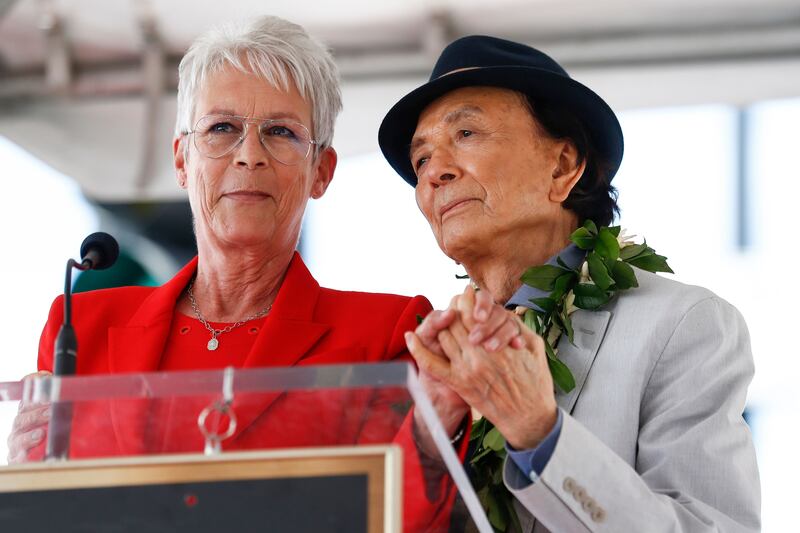
For Ridley Scott’s sci-fi classic Blade Runner, Hong pretended that the eyeballs his grizzled character, Hannibal Chew, designed were his children. “That’s what I learned in my early lessons in acting, whether it’s Stanislavski or the other methods. I came up with my own method and use all the experiences I had in Minnesota.” He also imagines his mother and father’s feelings during the struggles they endured, and channels those, too. “All you have to do is recall those memories and then make them work for you as an actor.”
Hong shows no sign of slowing down. He has just wrapped on the coming-of-age adventure film Patsy Lee & The Keepers of the 5 Kingdoms, which he scripted, produced and starred in, and is about to reprise his role as Mr Ping, a noodle-loving goose, in Kung Fu Panda 4. He’ll also be joining his Everything Everywhere All at Once co-stars Yeoh, Ke Huy Quan and Stephanie Hsu in American Born Chinese, a Disney+ comedy series about figures from Chinese mythology.
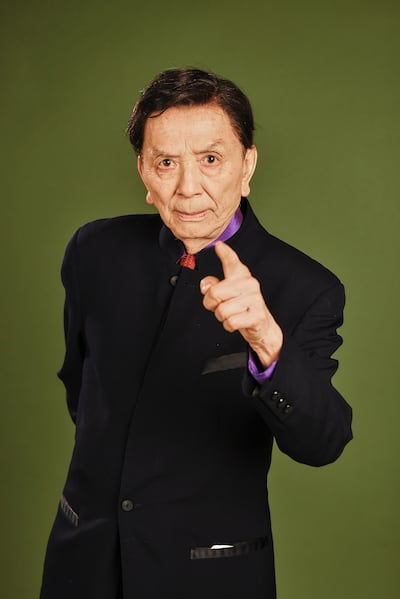
Hong married Susan in 1977 and the couple have three daughters and eight grandchildren. He’s currently working on a documentary that will look over his career and chart how Asian American actors “have become major contributors to the art of acting” in Hollywood. One of the celebrities he would like to appear in it is Jack Nicholson. The pair became good friends after appearing together in Roman Polanski’s twisty mystery Chinatown and its sequel The Two Jakes. “I hope he will be in good enough health to do that.” Nicholson has not been seen in public for more than a year and is rumoured to be unwell.
[ Book review: The Big Goodbye: Chinatown and the Last Years of HollywoodOpens in new window ]
When he first arrived in Los Angeles, he was “little James Hong coming to Hollywood from Minnesota”. But last year, after a crowdfunding campaign orchestrated by Lost actor Daniel Dae Kim, Hong finally got his own star on the Hollywood Walk of Fame, the oldest actor to ever receive that privilege. Jamie Lee Curtis introduced him at the ceremony, announcing with relish: “It’s about f**king time.” Hong celebrated by dancing with some Chinese lion performers. “It meant the world to me and to my family,” he says.
[ How Everything Everywhere gave Michelle Yeoh the role of a lifetimeOpens in new window ]
There might be plans, too, he reveals excitedly, to get his hand and footprints immortalised outside Grauman’s Chinese Theatre, another Hollywood accolade reserved for the greats. Hong used to walk over from his apartment down the street and place his feet into the shiny grooves left by the stars. “To have my own there – it really would be something. If I live another three years, more things are going to happen. Maybe give me an interview when I’m 100 and I’ll tell you what happened.”
Everything Everywhere All at Once is streaming on Prime Video and other digital platforms
[ The Movie Quiz: In which film did Yoda first appearOpens in new window ]



















